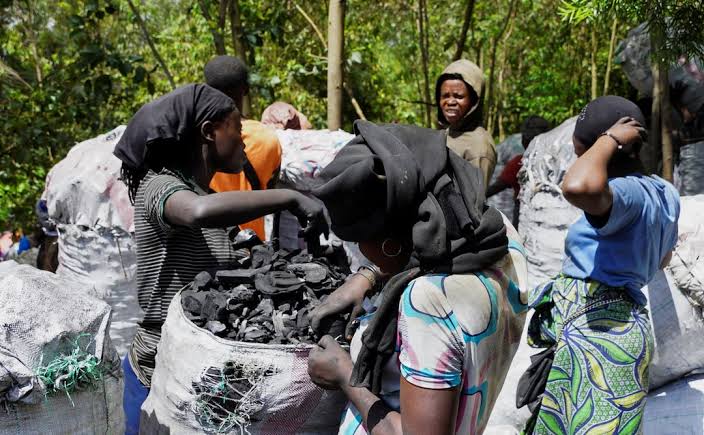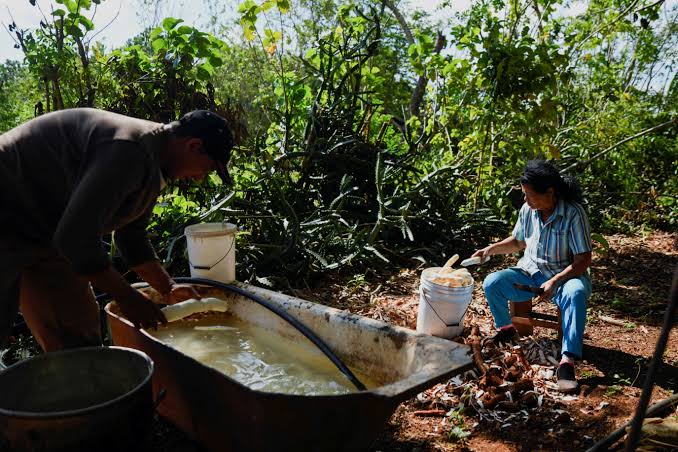Tropical forests in eastern Congo, particularly around the Kahuzi-Biega National Park, have experienced a significant increase in illegal logging for charcoal and timber production since falling under rebel control this year, according to residents and environmentalists. This raises concerns about large-scale environmental degradation.
The Kahuzi-Biega National Park, a UNESCO World Heritage site seized by Rwanda-backed M23 rebels in February, is home to diverse bird species and one of the last populations of eastern lowland gorillas (Grauer’s gorillas).
The M23’s advance has reopened previously restricted roads, allowing for more efficient transport of goods, including charcoal (makala). This has led to increased tree felling in and around the park, charcoal producers and traders told Reuters.
Espoir Gedeon, who transports timber from the forests near Bukavu, stated that trees are being planted for clean air, charcoal production, planks, and construction.
The surge in supply has caused charcoal prices to plummet. Bags weighing up to 70 kg that once sold for 120,000 Congolese francs (about $40) now fetch less than half that. In the Murhesa charcoal market, vendors buy bags for around 45,000 francs and resell them in Bukavu for a small profit.
While vendors like Sifa Bahati appreciate the income that allows them to provide for their families, conservationists warn of the severe ecological consequences.
Environmental groups have appealed to M23 leaders to halt illegal logging, warning of potential irreversible damage to biodiversity and forest ecosystems. Neither the M23-appointed governor of South Kivu province nor an M23 spokesperson responded to requests for comment.
Josue Aruna, head of the NGO Environmental and Agro-Rural Civil Society of Congo in South Kivu, estimates that at least 3,000 bags of charcoal enter Bukavu daily or head towards Goma, the largest city in eastern Congo. He warns that if this trend continues, the park and its unique habitat for the Grauer’s gorilla will be lost.



